Election 2025: Queensland to axe renewables targets in blow to Labor
Queensland will dismantle the mining state’s renewable energy targets and keep coal-fired power stations operating for at least another decade, throwing Anthony Albanese’s climate vision into jeopardy.
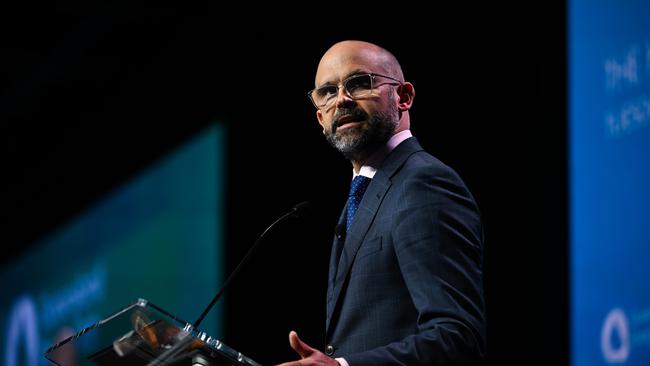
Queensland will dismantle the mining state’s renewable energy targets and keep coal-fired power stations operating for at least another decade, throwing Anthony Albanese’s climate vision into jeopardy.
Treasurer and Energy Minister David Janetzki said there was still a “pathway” for Queensland to meet its legislated emissions target of net zero by 2050, despite axing or overhauling major renewable energy projects including two mega pumped hydro proposals and the nation’s largest green hydrogen scheme.
Thrusting energy policy back into the centre of the federal election campaign, Mr Janetzki said the Liberal National Party government would repeal legislated renewable targets of 50 per cent by 2030, 70 per cent by 2032 and 80 per cent by 2035, and would likely amend its target of 75 per cent emissions reduction by 2035.
“Our targets will be based on what can be done – not what headline a minister wants that day … we will repeal renewable energy targets as they were always unachievable and were not the driving reason behind the private sector investment already under way,” Mr Janetzki said in a major speech in Brisbane on Tuesday. The move throws into doubt federal Labor’s commitment that by 2030, renewables will account for 82 per cent of energy supply and there will be a 43 per cent reduction in emissions on 2005 levels.
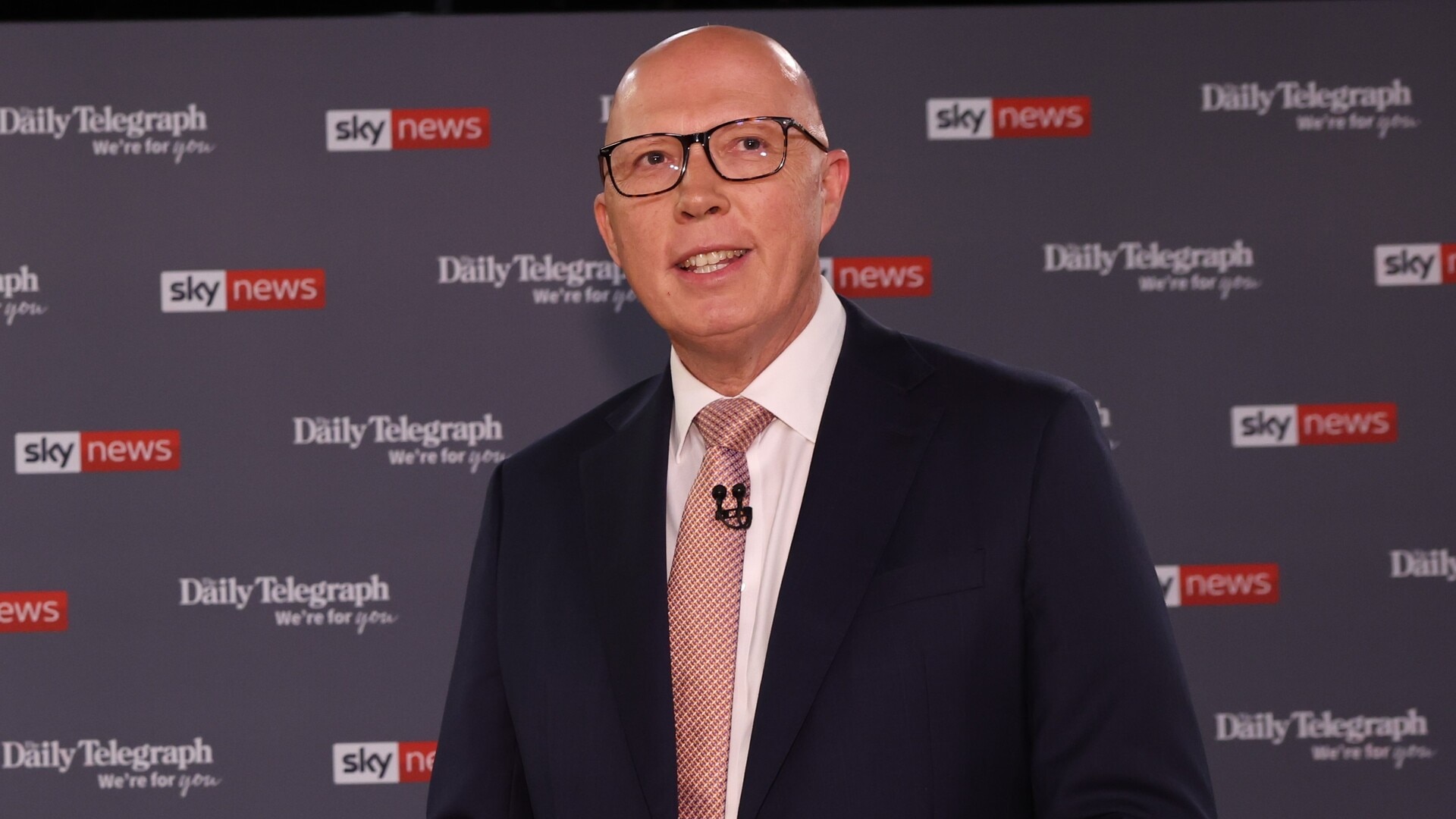
Federal Energy Minister Chris Bowen slammed Queensland’s plan to keep coal-fired power stations operating past their 2035 planned shutdown date, deriding the generators as producing the “most unreliable form of power in the grid”.
And while Mr Bowen said state targets were not counted towards existing federal targets, he acknowledged Queensland’s overhauled energy policies could impact future renewables and emission goals. He said Labor would not revise its 43 per cent reduction target, and December projections showed the nation was on track to hit 42 per cent.
“We don’t count state targets in our target,” he said. “What we do is we assess the impact of state policies that will be reflected in the next update, which I’ll do at the end of the year, and of course, further statements we make about future targets … We’ll assess the impact of all policy decisions – positive and across the board – by all states and territories as it impacts on national targets. That’s very standard procedure.”
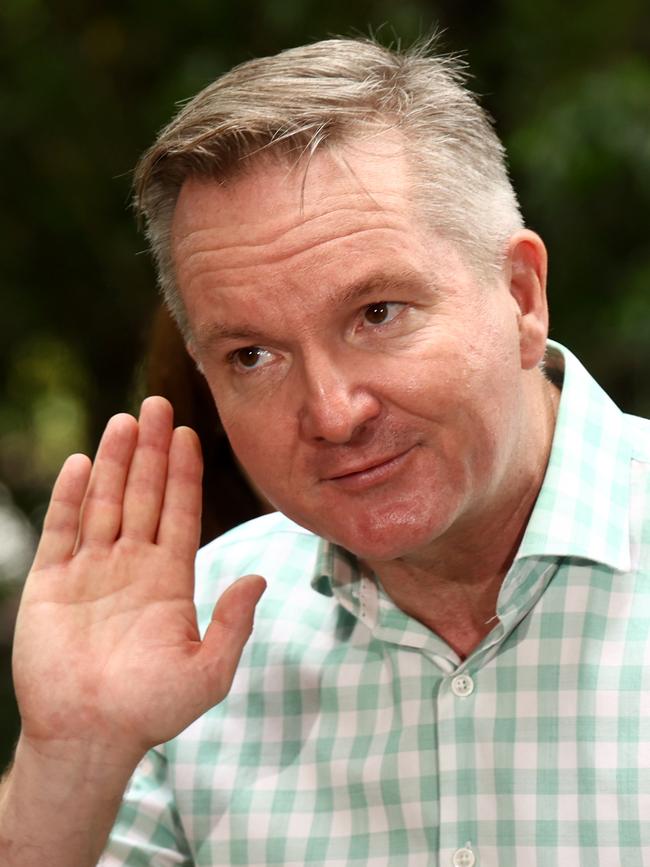
A 2035 renewables target is due to be announced by the federal government this year.
Opposition Leader Peter Dutton said the Queensland government’s announcement showed a “realisation that the (federal) government’s renewables-only policy has just been a trainwreck” and that the “green hydrogen dream has evaporated”.
Mr Janetzki will order the state’s newly re-established Productivity Commission to review the state’s energy policy – including emissions targets – and the government will publish a five-year energy “road map” by the end of the year. But the LNP has already taken a knife to the former Palaszczuk-Miles Labor government’s renewable energy strategy that underpinned Queensland’s legislated commitment to hit net zero by 2050 and its transition to renewable energy, including cancelling the enormous Pioneer-Burdekin pumped hydro scheme which the Prime Minister had endorsed as “visionary”.
As The Australian revealed on Monday, a second major pumped hydro project – Borumba, near Gympie – will undergo commercial review by the state government’s investment arm, Queensland Investment Corporation, and faces likely downsizing after its cost blew out to $18bn.
Under Labor’s plan, the two pumped hydro projects were to have collectively provided seven gigawatts of stored electricity and allow the phase-out of the five state-owned coal-fired power stations by 2035.
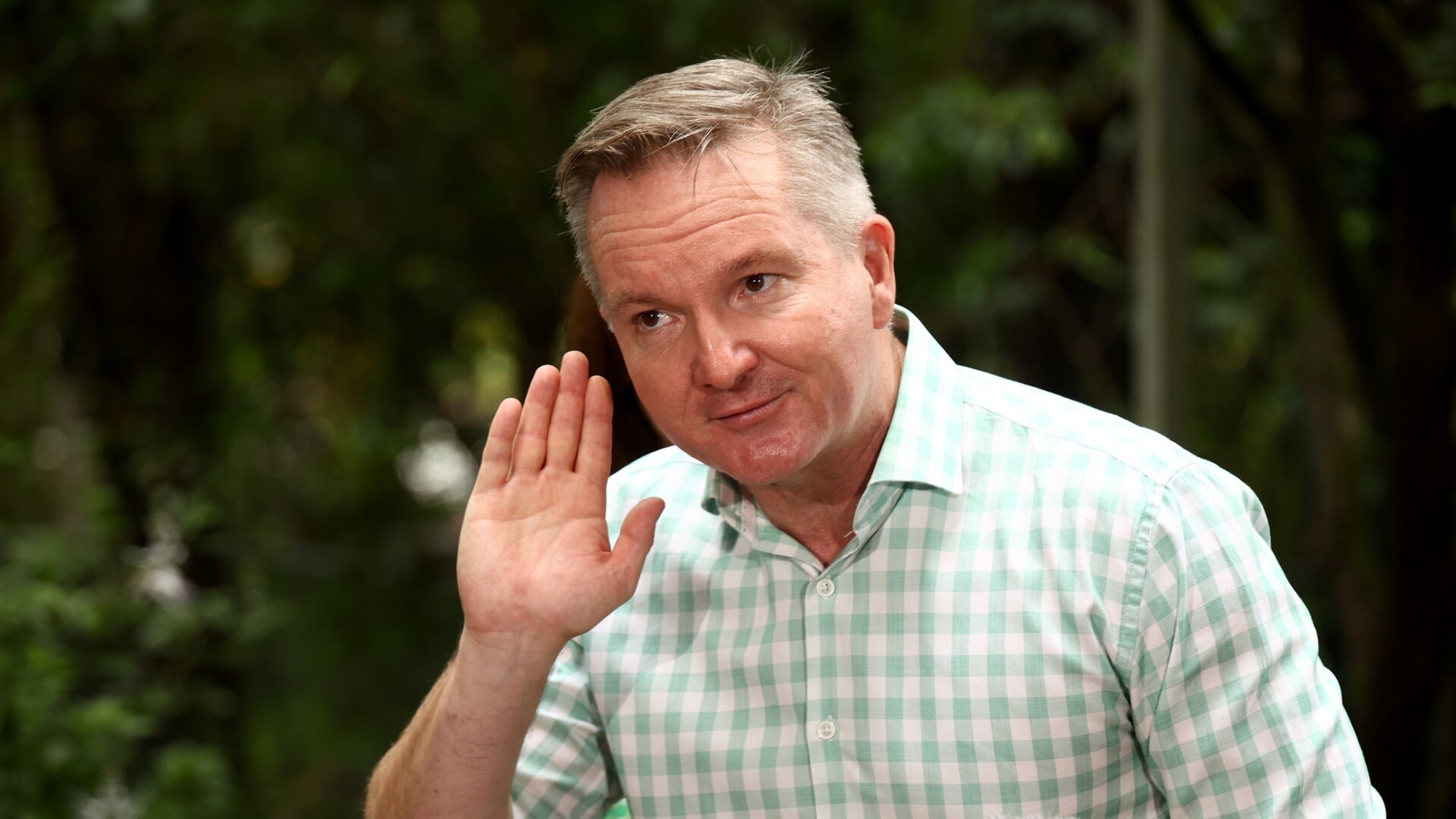
Since Premier David Crisafulli won the October election and ended nearly a decade of Labor reign in Queensland, his government has withdrawn taxpayer funding from the Central Queensland Hydrogen project, and paused the official assessment of some proposed wind farm developments.
Former premier and current Opposition Leader Steven Miles said Mr Crisafulli needed to explain how he would hit net zero by 2050, after throwing out Labor’s plan to achieve the target.
“He said it is not through nuclear, he said that’s Dutton’s plan, not his plan, but they are cancelling renewable energy projects across the state, they have cancelled the big storage project that would have helped achieve those goals,” Mr Miles said.
Mr Janetzki refused to be drawn on Mr Dutton’s plan to build seven nuclear reactors across Australia, including two in Queensland, on the site of existing coal-fired power stations. The state LNP has previously said it did not support nuclear energy.
Queensland’s Treasury department is working with the state-owned power companies that operate the coal-fired generators to determine how long the plants can operate, both technically and commercially.
Currently, more than 60 per cent of all electricity generated in Queensland comes from coal; 26 per cent is from renewables.
The LNP went to the October state election promising to back smaller privately-owned pumped hydro projects, but there has been little detail about where they would be located or how they would replace Labor’s Pioneer-Burdekin strategy.
Mr Janetzki said $50m in taxpayer funds would be invested through state-owned CleanCo in the private Mount Rawdon pumped hydro project, which seeks to turn an old gold mine into a power station and energy storage facility.
Separately, $134m will go to state-owned CS Energy to develop the Brigalow Gas Peaker Project at Kogan Creek. Two other gas projects – a new turbine at the state-owned gas-fired power plant at Swanbank, and a state-backed private proposal at Gatton – have been given the green light to continue.
QIC will now also have oversight of the proposed CopperString energy transmission line that was to link Townsville and Mount Isa, aiming to connect the northwest minerals province with the national energy grid.
But Mr Janetzki said the project had blown out to an estimated $14bn, up from $6.2bn under Labor in August last year. He said QIC would “prioritise” only half of the line, from Hughenden in central-north Queensland to Townsville, and begin a “full analysis of options to deliver the best economic value” for the rest.
QIC is likely to seek private investment to finish the full stretch of the project.



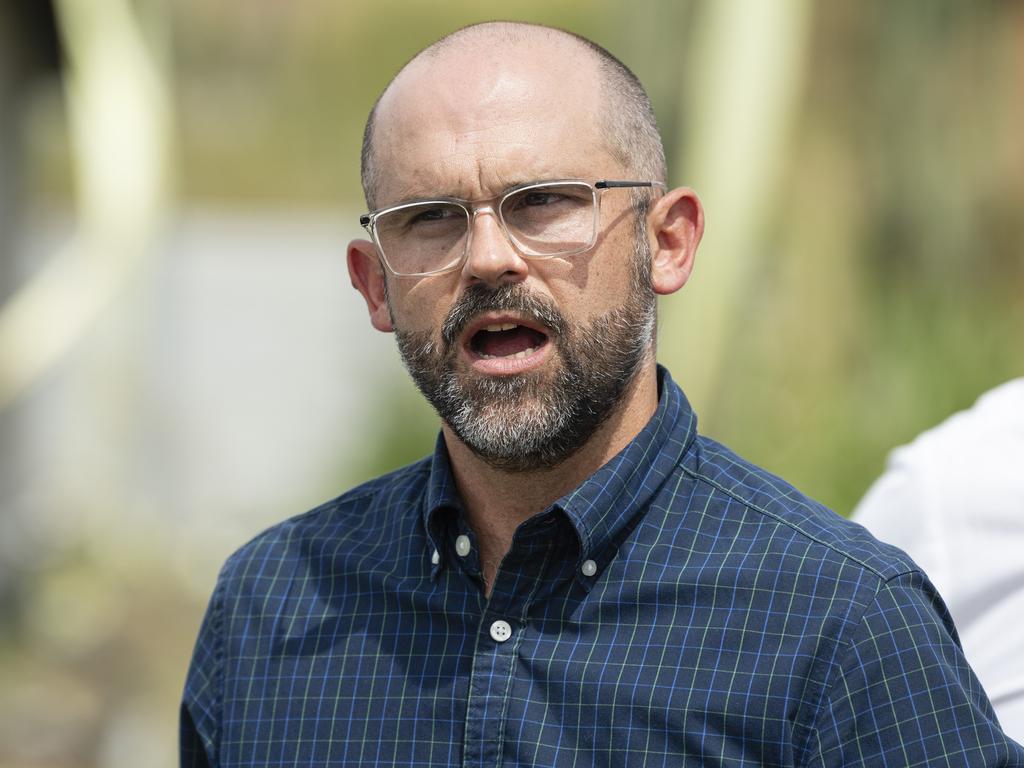



To join the conversation, please log in. Don't have an account? Register
Join the conversation, you are commenting as Logout